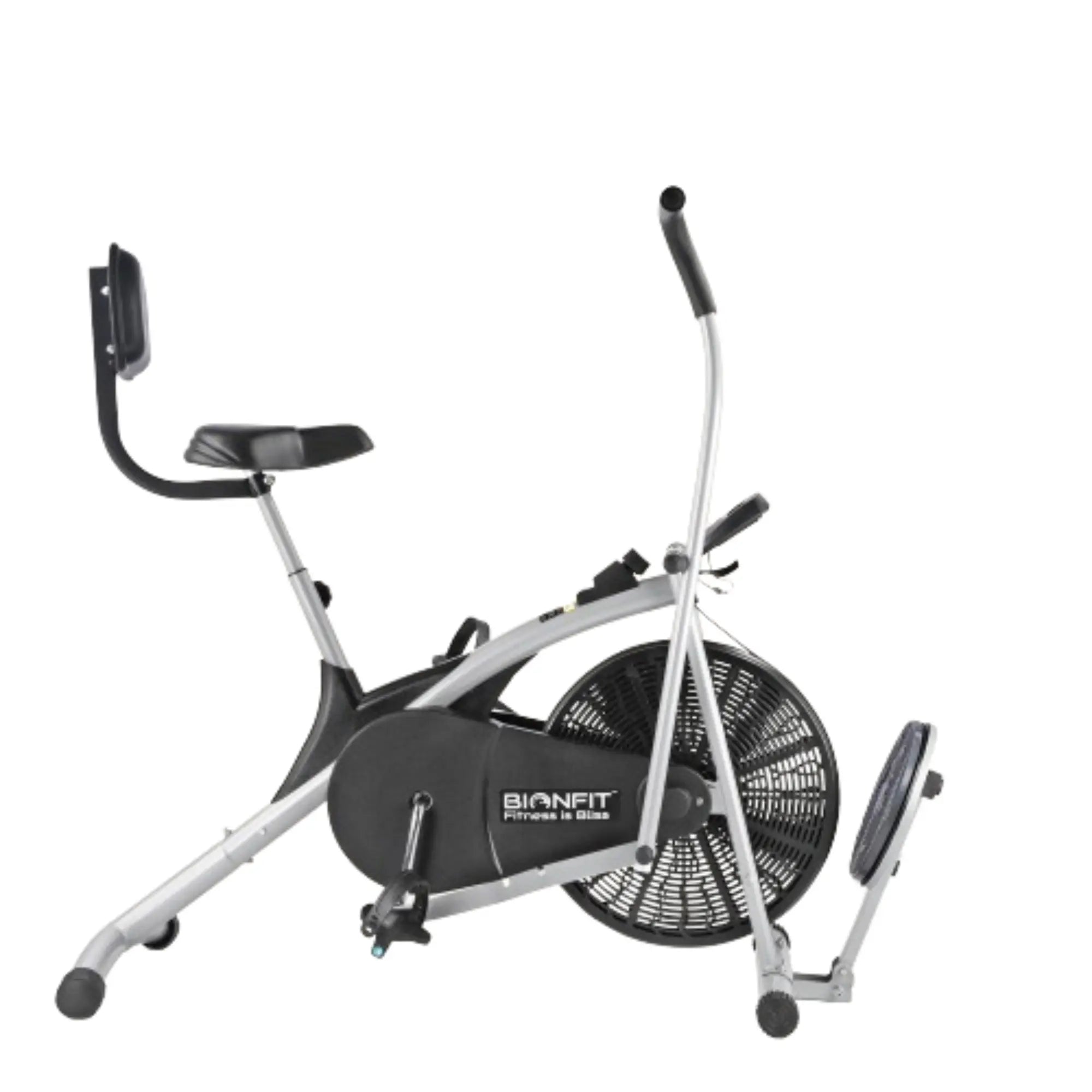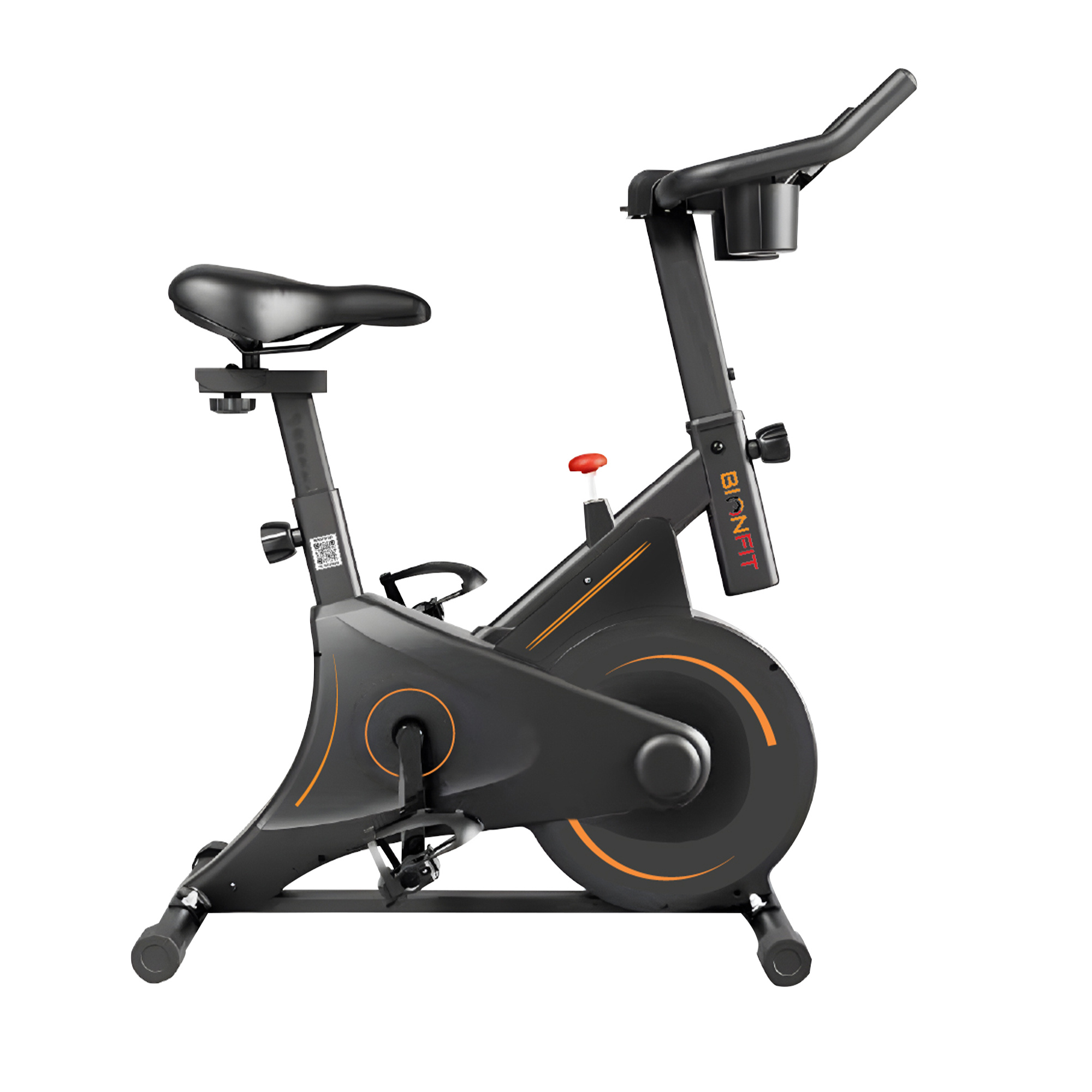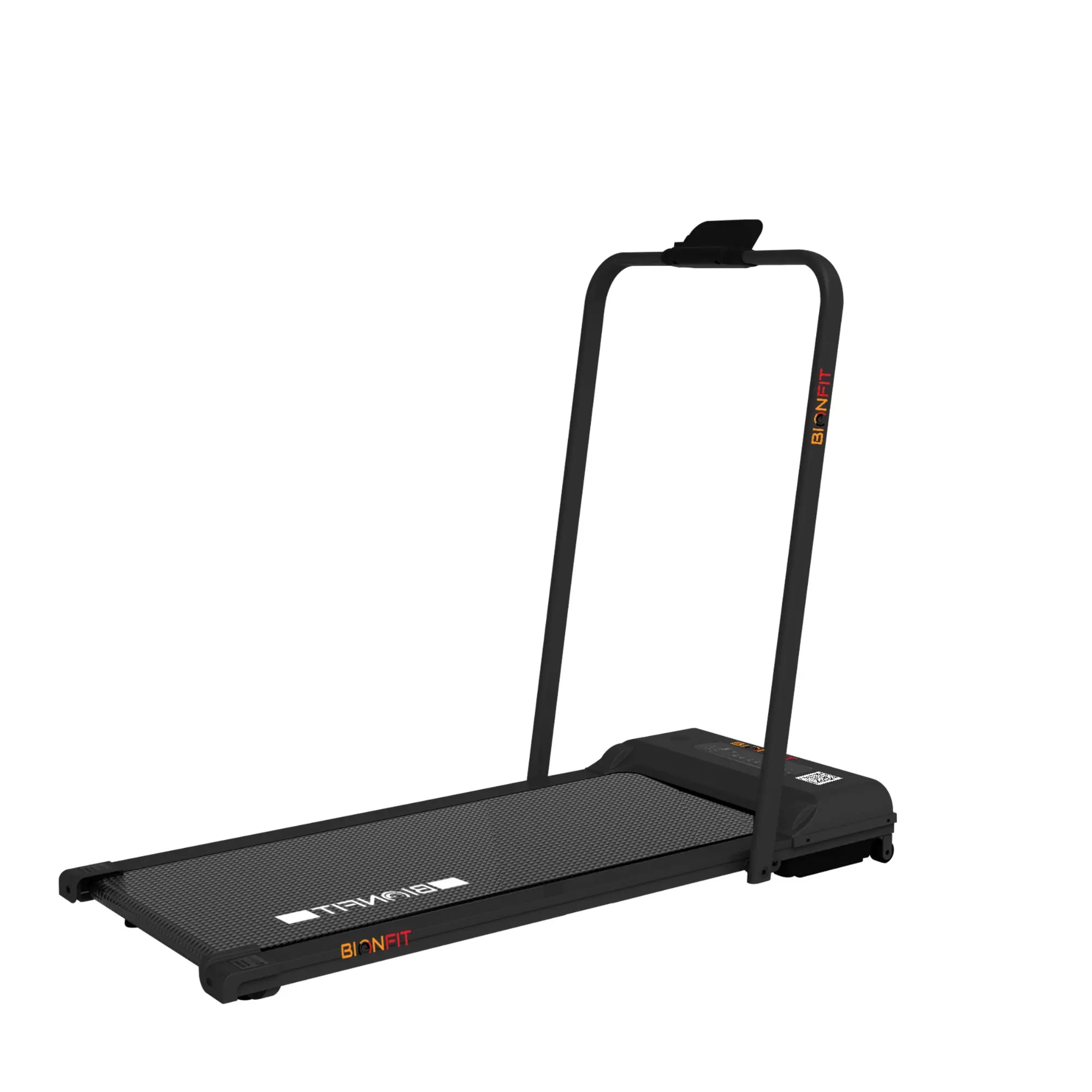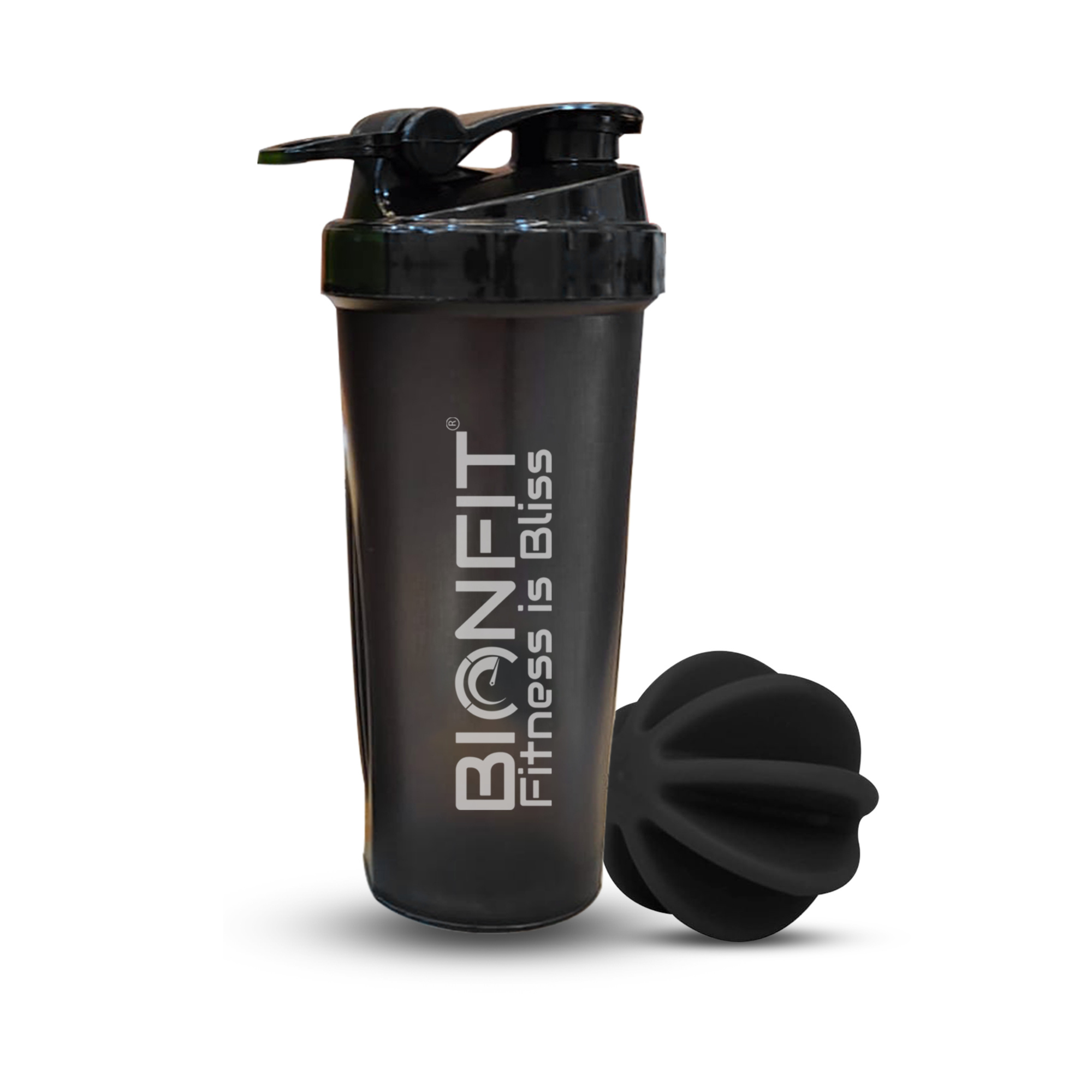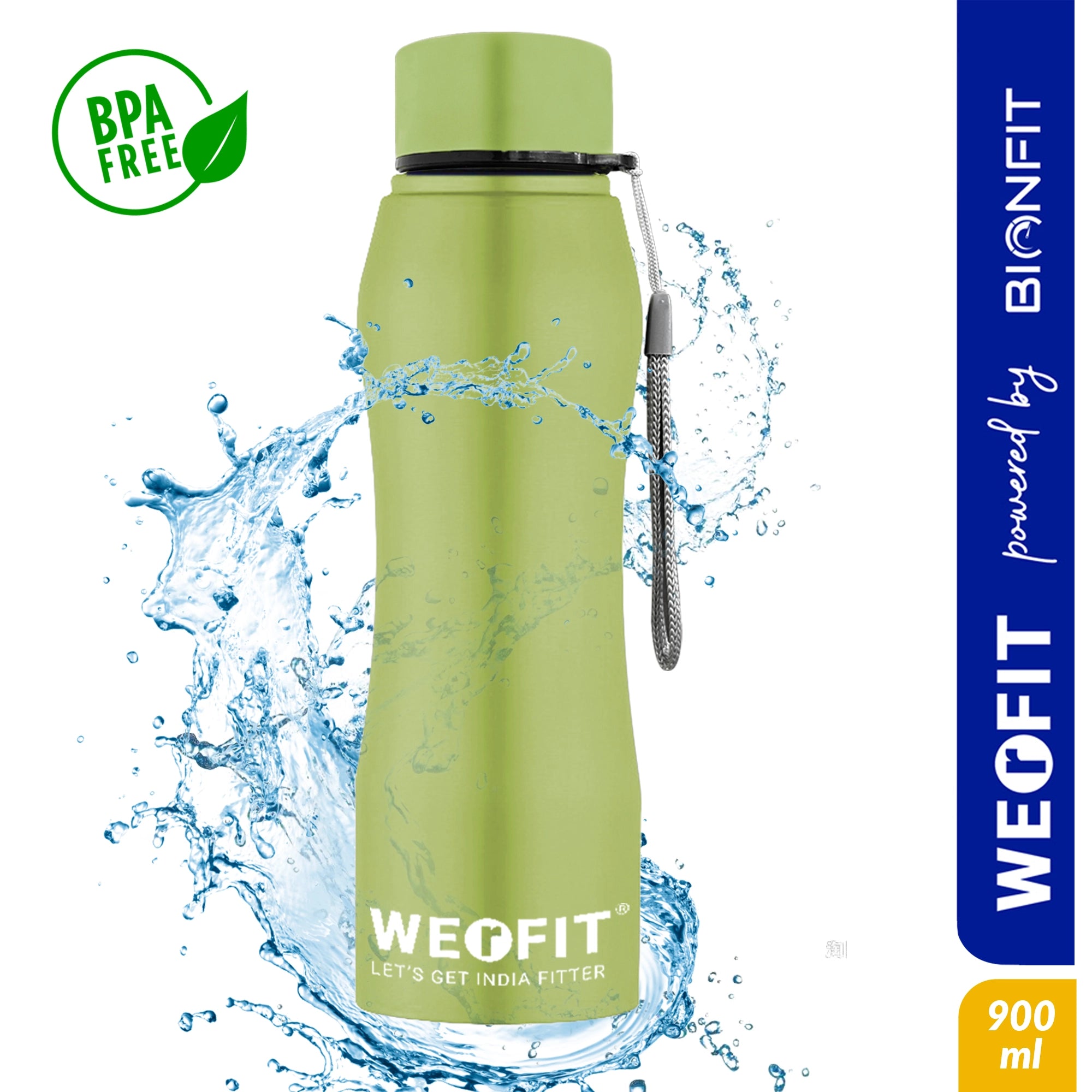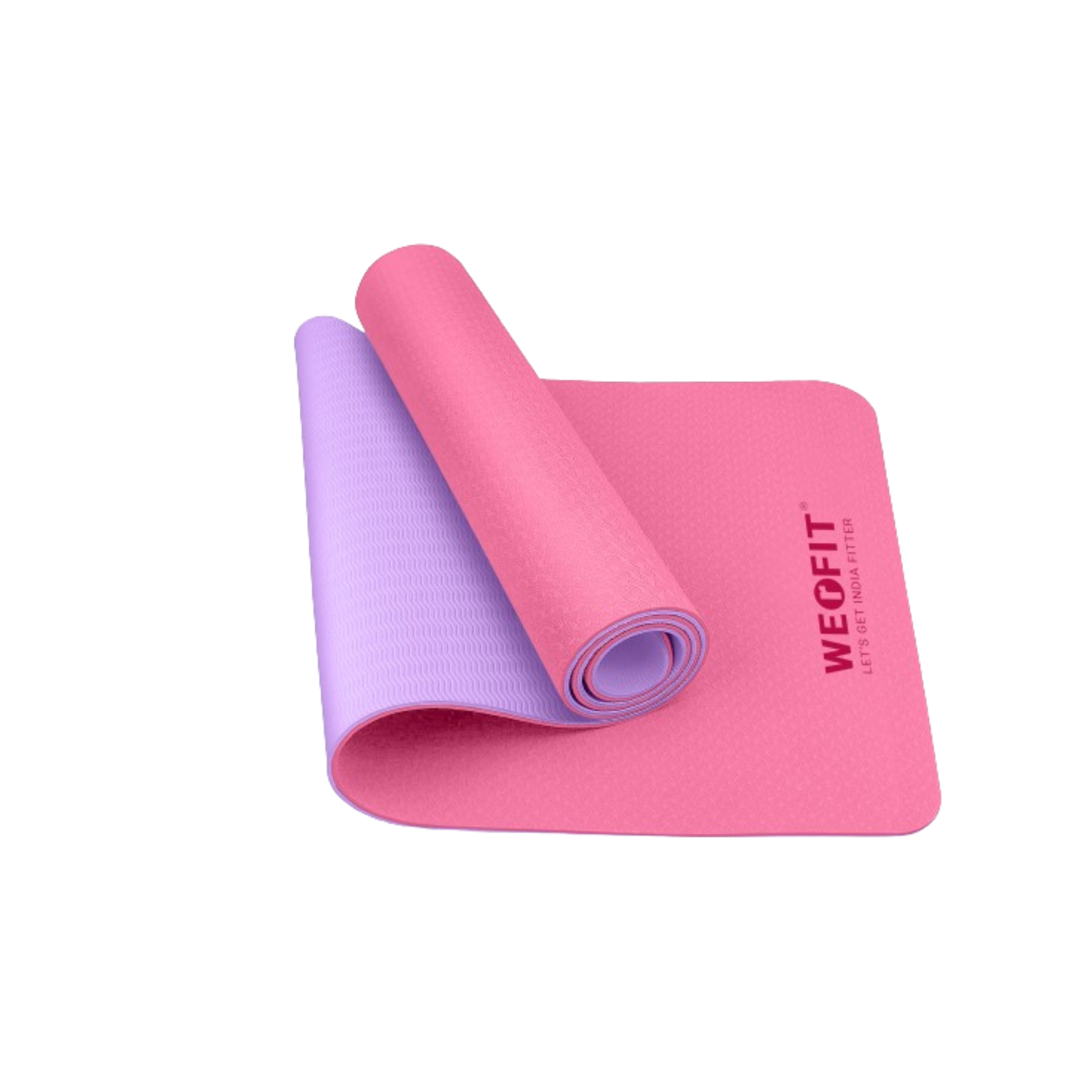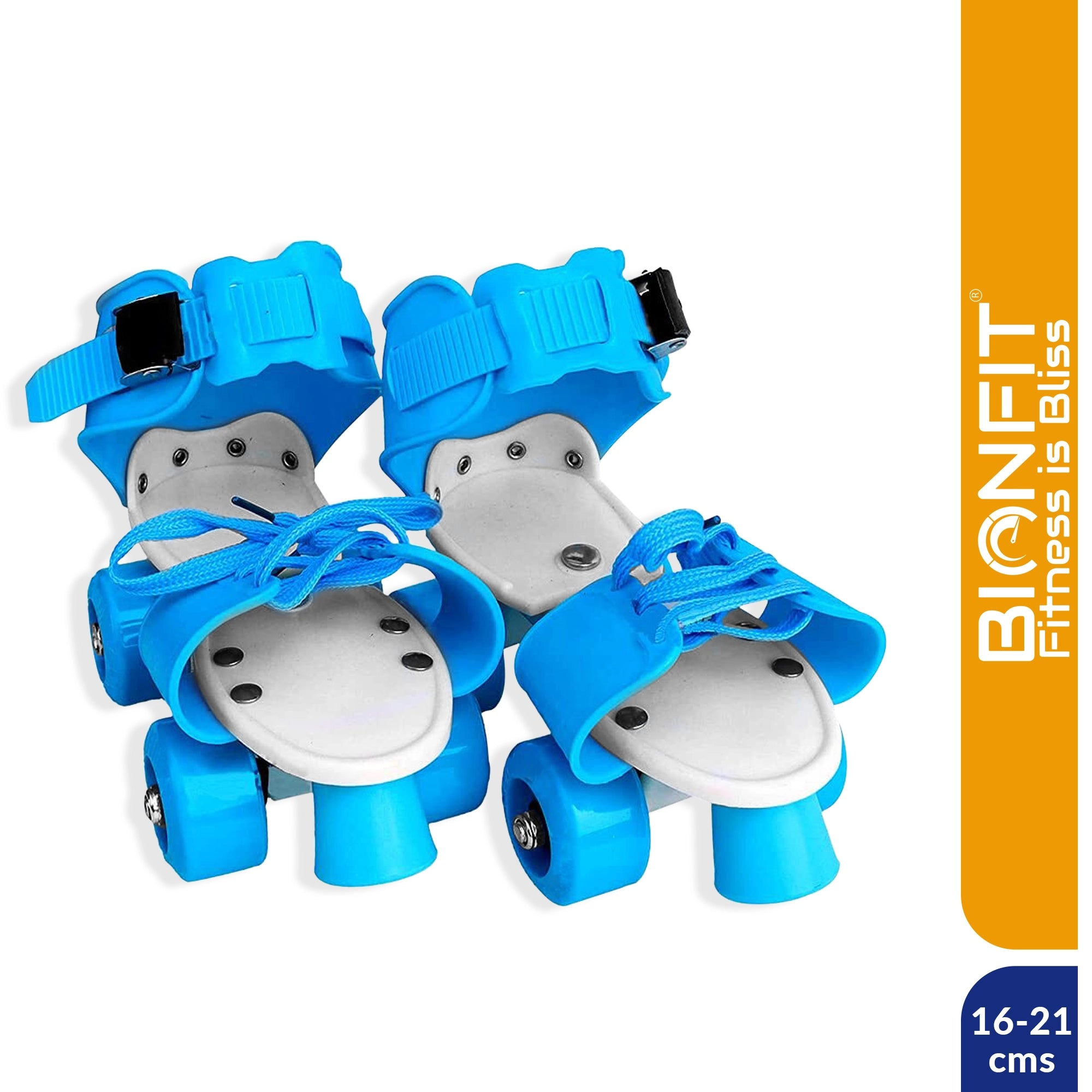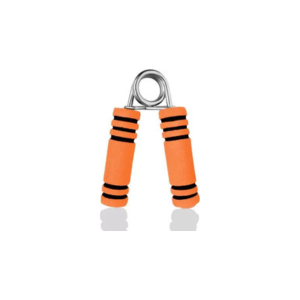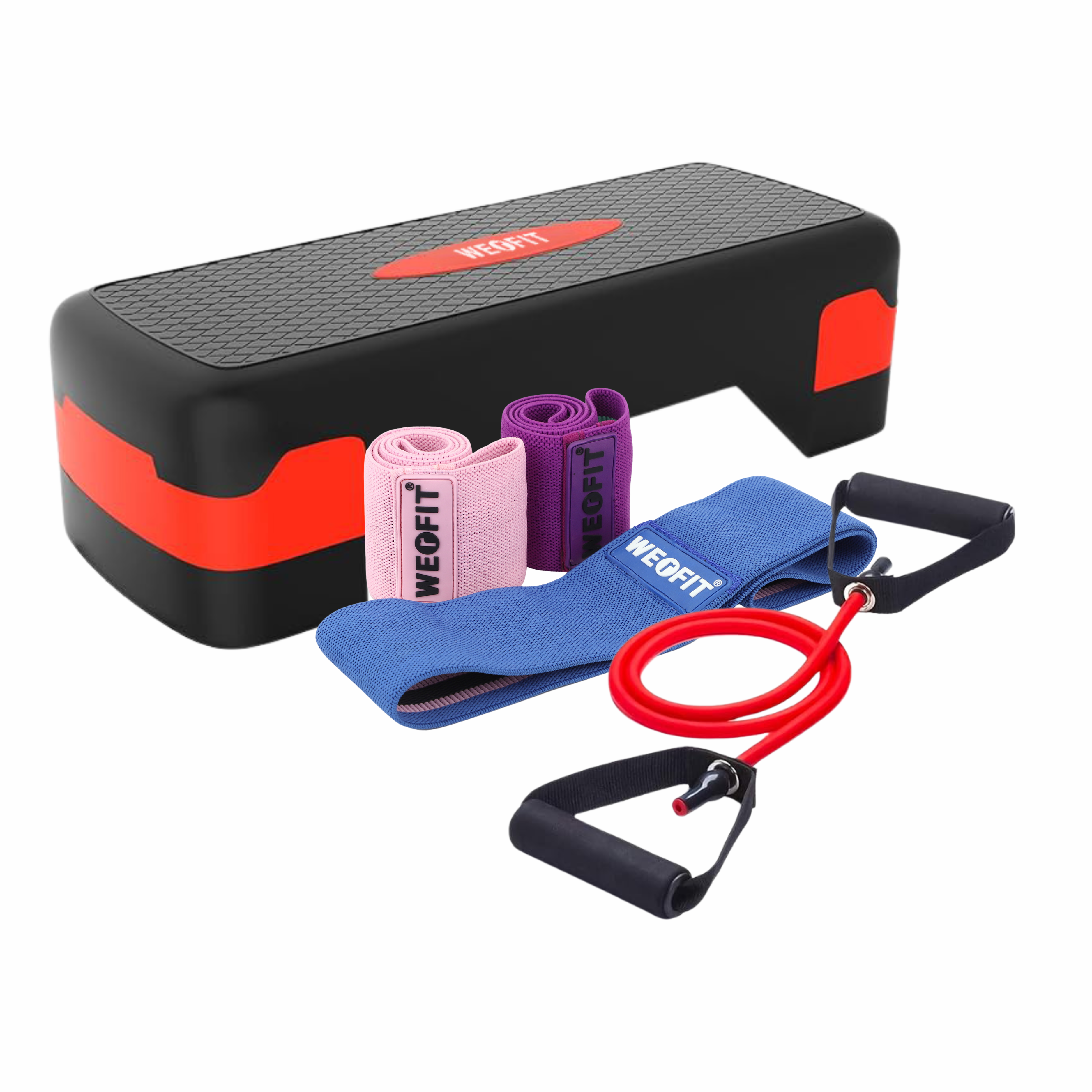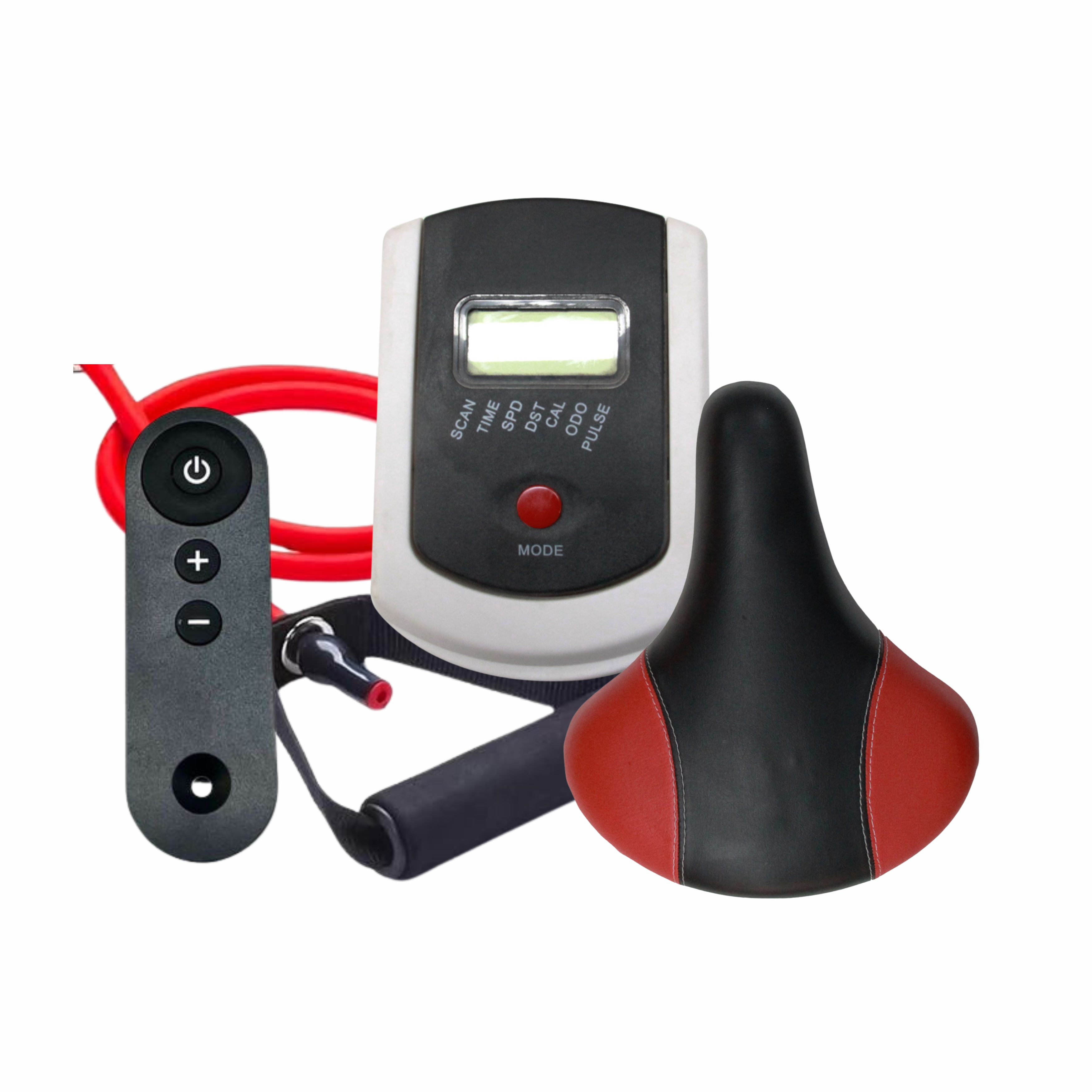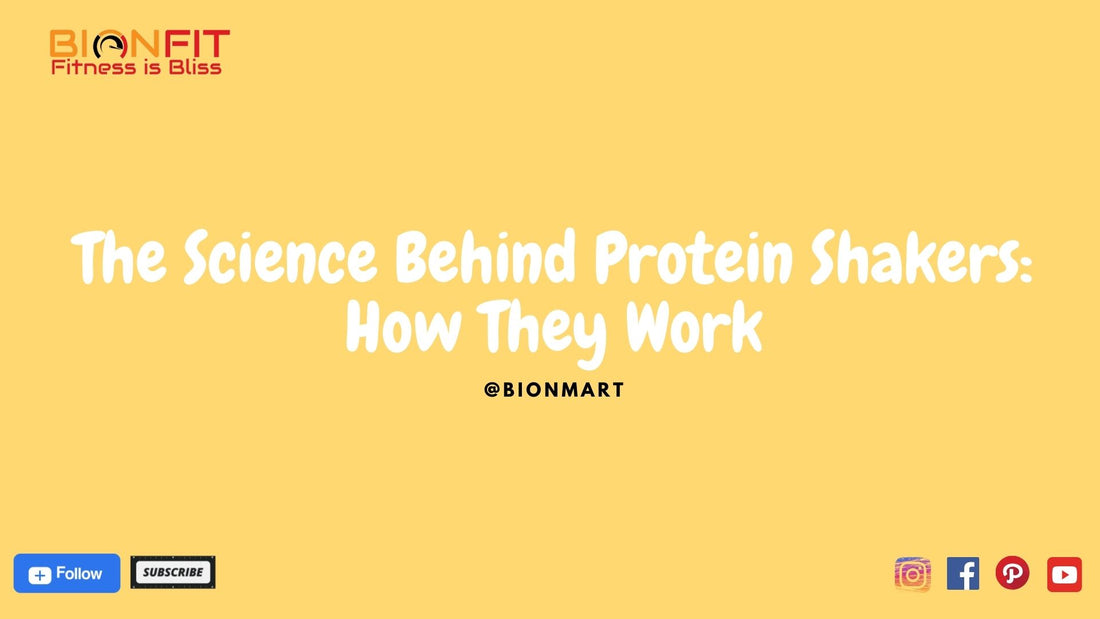
The Science Behind Protein Shakers: How They Work
Protein shakers have become an essential part of the fitness community. If you've ever wondered why your post-workout shake blends so seamlessly, this article will dive into the technology and science that make protein shakers a vital tool for athletes and fitness enthusiasts alike.
The Basics of Protein Shakers
What is a Protein Shaker?
A protein shaker is a specialized container designed to mix protein powders with liquids like water or milk. These shakers are engineered to create a smooth, lump-free beverage that is easy to consume.
Different Types of Protein Shakers
Protein shakers come in various forms, including:
- Classic Shakers: Equipped with a wire whisk ball or mesh grid to aid in mixing.
- Electric Shakers: Feature a built-in motor for automatic mixing.
- Compartmentalized Shakers: Include separate compartments for storing powders and supplements.
The Mechanics of Mixing
1. How Mixing Works
- Mixing in a protein shaker relies on a combination of shaking and mechanical action. When you shake the container, the movement creates turbulence, helping to break down the powder and mix it evenly with the liquid.
2. The Role of the Blender Ball
- One of the most common features in protein shakers is the blender ball, typically made of stainless steel. As you shake, this ball whips around inside the shaker, breaking up clumps and ensuring a smooth mixture.
3. Vortex Action in Shakers
- Some advanced shakers use vortex action, where the design of the shaker creates a whirlpool effect, further enhancing the mixing process and reducing clumps.
Material and Design
1. Materials Used in Protein Shakers
- Protein shakers are usually made from BPA-free plastic, stainless steel, or glass. Each material has its advantages, with plastic being lightweight, stainless steel offering durability, and glass providing a clean taste.
2. Design Features for Optimal Mixing
- Design elements such as the shape of the shaker, the presence of mixing grids, and ergonomic grips all contribute to better mixing and user comfort.
The Science of Solubility
1. Understanding Protein Powder Solubility
- Protein powders vary in their solubility, which is their ability to dissolve in a liquid. Solubility is influenced by the type of protein, particle size, and the presence of other ingredients.
2. Factors Affecting Solubility
- Temperature, pH level of the liquid, and agitation speed are crucial factors that affect how well a protein powder dissolves. Protein shakers are designed to optimize these conditions.
Innovative Features in Modern Shakers
1. Compartmentalized Shakers
- Modern shakers often come with compartments for storing additional supplements, pills, or extra servings of protein powder, enhancing convenience.
2. Self-Stirring Shakers
- Self-stirring shakers incorporate battery-powered motors that mix your drink at the press of a button, ideal for those who need a quick mix on the go.
3. Shakers with Storage
- Some shakers feature built-in storage solutions for a more compact and efficient way to carry your nutritional needs.
Cleaning and Maintenance
Importance of Cleaning Your Shaker
Regular cleaning is essential to prevent bacterial growth and maintain the longevity of your shaker. A dirty shaker can harbor germs and unpleasant odors.
Tips for Effective Cleaning
- Rinse Immediately: Rinse your shaker with water immediately after use.
- Use Warm, Soapy Water: Clean thoroughly with warm water and dish soap.
- Deep Clean Weekly: Disassemble all parts and soak them in a vinegar or baking soda solution.
The Benefits of Using a Protein Shaker
1. Convenience and Portability
- Protein shakers are designed for ease of use, making it simple to prepare and consume protein shakes anywhere, whether at the gym, office, or home.
2. Ensuring Proper Nutrient Intake
- Using a protein shaker ensures that you are consuming your protein in a well-mixed, easily digestible form, which is crucial for muscle recovery and growth.
Common Issues and Troubleshooting
1. Preventing Lumps and Clumps
- To avoid lumps, always add the liquid first, followed by the powder. Shake vigorously for at least 30 seconds.
2. Dealing with Odor
- Odor can be a common issue. Prevent this by cleaning your shaker immediately after use and storing it with the lid off to allow it to dry completely.
Choosing the Right Protein Shaker for You
Factors to Consider
When choosing a protein shaker, consider the following:
- Material: Plastic, stainless steel, or glass.
- Capacity: Ensure it meets your daily protein intake requirements.
- Features: Additional compartments, electric mixing, and ease of cleaning.
Top Brands and Models
Some popular brands include BlenderBottle, ShakeSphere, and PROMiXX, each offering unique features and designs to meet different needs.
Environmental Impact
1. Eco-friendly Shaker Options
- Eco-friendly options include shakers made from biodegradable or recyclable materials. Choosing these options can reduce your environmental footprint.
2. Recyclable and Sustainable Materials
- Look for shakers made from materials that can be recycled, or those made from sustainable sources, to make a more environmentally conscious choice.
Protein Shaker Alternatives
1. Manual Mixing Methods
- Alternatives to protein shakers include using a spoon or a fork for manual mixing, although this is less effective in eliminating clumps.
2. Electric Blenders
- Electric blenders offer a more thorough mix and can handle a variety of ingredients, but they lack the portability and convenience of a shaker.
FAQs about Protein Shakers
1. How often should I replace my protein shaker?
- Replace your shaker every 6-12 months or when it shows signs of wear and tear.
2. Can I use my protein shaker for other drinks?
- Yes, protein shakers can be used for smoothies, pre-workouts, and other beverages.
3. Are all protein shakers BPA-free?
- Not all, but many modern shakers are BPA-free. Always check the product label.
4. Why does my shaker leak?
- Ensure the lid is securely fastened. Leaks often occur due to improper sealing.
5. Can protein shakers go in the dishwasher?
- Most shakers are dishwasher safe, but always check the manufacturer's instructions.
Conclusion
Protein shakers are more than just simple bottles; they are engineered to deliver perfectly blended, lump-free drinks that aid in fitness and nutrition. From understanding the mechanics of mixing to choosing the right shaker for your needs, this guide covers the essentials of making the most out of your protein shakes. With proper use and maintenance, a good protein shaker can significantly enhance your dietary regimen and workout routine.
FAQs After the Conclusion
1. How can I prevent my protein powder from sticking to the shaker?
- Adding liquid first and then the powder can help prevent sticking.
2. Is it safe to store protein shakes in the shaker overnight?
- It's generally safe but can affect taste and texture; refrigeration is recommended.
3. Can I put hot liquids in my protein shaker?
- Most shakers are designed for cold or room temperature liquids. Check the manufacturer’s guidelines.
4. How do I remove stubborn protein powder residue?
- Soak in warm water with dish soap or use a bottle brush to scrub the residue.
5. What’s the best way to carry a protein shaker in a gym bag?
- Ensure the lid is tightly sealed and place it in an upright position to prevent leaks.
Follow us for more updates.

